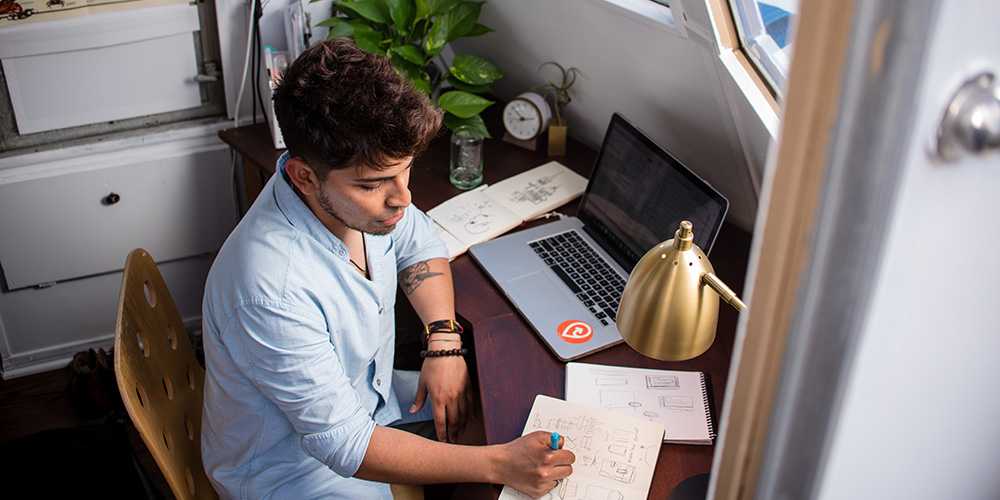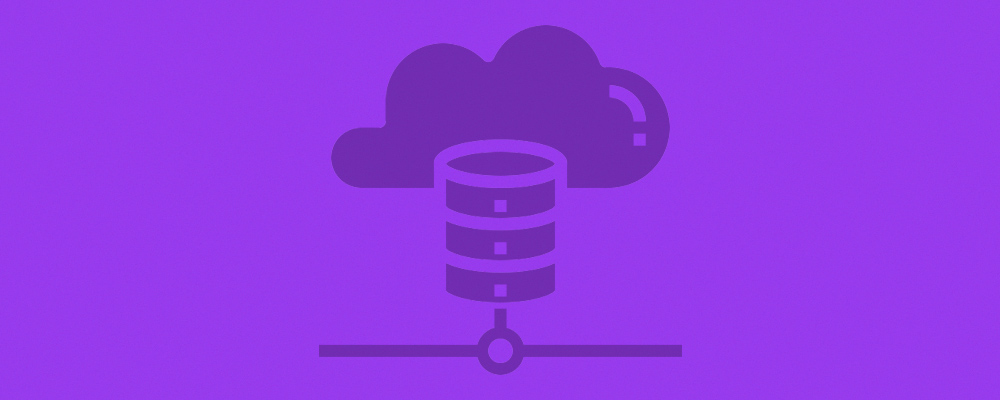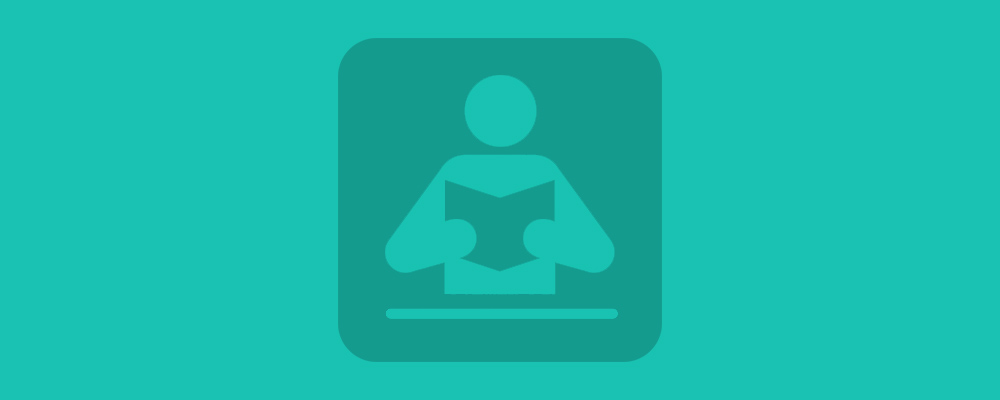The Worst Mistakes Freelance WordPress Designers Make

You hate making mistakes, even if it is inevitable. And at times, making mistakes is good since it is an opportunity to learn and improve. But if you keep making the same mistakes as any other freelance WordPress designer, you end up leaving a lot of money on the table. Now, you definitely don’t want that.
Neither do we, which is why we’re highlighting a couple of nasty mistakes freelance WordPress designers make. Our aim is to help you identify the mistakes that are barring your way to success. In doing so, you’ll be excited to avoid the mistakes, and if it’s too late, make the necessary changes.
Success does not consist in never making mistakes but in never making the same one a second time. – George Benard Shaw
That said, let us know the mistakes you’ve made building a career as a freelance WordPress designer. By any means, share as well the lessons you learned and how to avoid the mistakes. How? Feel free to use the comment section at the end. But for now, let’s get started!
1. Biting Off More Than You Can Chew

Aren’t we all guilty of this one? Taking on project after project until the plate is overflowing, and then boom, deadline missed. Well, freelancers and the last-minute rush are no strangers. But all fail when you take on too much work – work that probably doesn’t affect your bottom line in the first place.
No matter how tempting the inquiries, just don’t do it. Hone in on your best client(s), and charge exactly what you’re worth. Of course, you must provide value, but I don’t think that’s possible when you’re suffocating under a mountain of work. Apply a little technique known as the 80/20 Pareto principle.
In other words, concentrate on building your portfolio and then focus on the 20% of customers who bring you 80% of the business. Taking on too much work is relative here depending on how you work. But taking way too much that you cannot deliver value is simply shooting yourself in the foot.
The same goes for increases in the scope of work. Say the client wants a simple online store, which is okay since you know your way around WooCommerce. Then out of nowhere, the client asks you to add a blog in multiple languages. So you keep agreeing to more work but the deadline (and most likely the pay) remains the same. See where I am going with this?
In summary, don’t try to please every client who comes your way. If you meet a toxic client (you can easily spot one a million miles away), politely decline the offer. If a client keeps increasing the scope of the current project, make it clear it will cost more time and money. I know that’s easier said than done, more so if you charged a fixed price.
All the same, asking for more time and money is better than suffering scope creep in silence and the low vibes that come from missing a deadline. Also, your reputation – your biggest online currency – hangs on the line, so just don’t do it.
Main Takeaway: Charge what you’re worth. Don’t settle for peanuts to earn stripes/experience. Of course, work on your skills and build a strong portfolio. Then don’t engage all clients – go with the 80/20 rule. Additionally, market your business smartly like Don Draper in Mad Men. Not every person is your client.
2. Forgetting About The Child Theme

Between you and me, I have a friend – a paid WordPress designer who hires me for small tasks on a couple of websites he works on. As you’d expect, I get admin access since some tasks include changing the theme and setting up the demo sites. Long story short, my friend does not use WordPress child themes and it breaks my heart.
So, when he hired me recently to change a theme, I created a child theme for the new theme and he was none the wiser. But I told him all about it, and now he can’t get enough of child themes. But that isn’t why we are here at this moment in time. I build all websites on child themes, and you should too.
Thanks to child themes, you can customize your site extensively. You can “…create new template files that were not part of the parent theme. You can add new functions, styles and so much more.” Need I say more? Yes?
Customizing a child theme doesn’t change the parent theme one bit. Additionally, editing the parent theme has one major downside. Without a doubt, you will lose all your custom changes when you (or worse, your client) updates the parent theme. A child theme protects your custom styles even when you update the parent theme.
Creating a child theme is so easy I don’t expect you to customize a parent theme from today going forward. You can even use a nifty child theme plugin such as Child Themify or Child Theme Configurator. If you’d like some hands-on experience, here is our complete WordPress child theme guide.
A special word of caution to freelance WordPress designers who edit WordPress core files. Just stop. Why do you even do that? More so when WordPress is full of pluggable filters you can use to add changes that won’t disappear when you update the WordPress platform. Editing WordPress core files and the parent theme is courting trouble.
Main Takeaway: Use a child theme hombre, or you are setting up your client for failure down the line, especially if they are newbies. Please don’t edit WordPress core files.
3. You Don’t Have a System

“System” is probably a strong word, and it probably makes you feel like gagging. It makes you feel like you’re stuck in the 9 to 5 grind or The Matrix. All the same, you know making you retch has never been our objective. We are talking about you acting like a freelancer instead of a business person.
And you know, it’s costing you business left, right and center – burning a hole in your pocket like a lit cigarette. But you don’t know how to make it stop – all that financial waste – and it tugs at your heartstrings. Heavy is the weight on your heart but, as usual, we won’t let you scratch your head anymore.
You need a business plan (sounds better than system). I say this because you need to channel your whole self into your business, but how will you do that if you don’t know where you’re going? You won’t even know how much to charge, simply because you don’t treat yourself as a business. Additionally, you won’t even set aside enough time to work because – no plan.
I don’t care whether you work from anywhere or yours is a one-man operation, but you can’t continue thinking as a freelancer. It is time to start thinking like a business. You need a business plan for starters. On top of that, you need systems to track the time and resources you use in your work.
You need apps for customer management and project management. And if you’re struggling under a mountain of work, you probably should consider outsourcing if you have the revenue, which isn’t always the case. In simple words, transform from a freelancer to a business owner. Buy a business course and learn.
Main Takeaway: Your freelance WordPress design gig needs to morph from a hobby into a full-grown business if you’re to enjoy all the sweet things that come with entrepreneurship. Get a business plan, learn some finance and register your business already. Also, don’t forget the tax man.
4. You Don’t Create Backups

I’m guesstimating here, but your job as a WordPress designer didn’t end when you gave the client a website. Now and then, they usually call you in for changes. Repeat business baby – the golden goose that eludes many freelance WordPress designers. Yes, I know you get those dry spells, so repeat business means good things any time.
However, what happens when the client breaks the website? Will you build out the whole thing from scratch, or do you have a fallback solution in place. For instance, if the client messed up a couple of things on any website I make, I just hit the restore button and the day is saved.
But that’s because I use ManageWP on every client website I manage, and these guys (ManageWP) handle incremental backups for yours truly. If that isn’t enough, I create backups within the cPanel and a third manual backup every time I am about to make changes to any site.
Sounds like a lot of work, but it is not and it’s all worth it. I can restore a website in record time, saving me a lot of time. The client is happy the website is back online instantly, meaning they won’t have qualms about paying for restoring their website. Isn’t that return business? In my opinion, that’s money well earned – all from hitting the restore button.
Damn, I don’t understand why you’d burden your client with all this backing up business when there are a million and one ways of creating automatic backups. As a matter of fact, I encourage newbie clients to play around with the website and break as much as they can, because I have backups in place. Haha. Yes, some clients won’t learn because they are scared to break stuff within the WordPress admin area!
Oh, by the way, a while back I lost six websites to a hacker. I had to rebuild the websites from scratch because I had no backups. You can imagine the amount of time I lost rebuilding stuff I would have simply restored from backups. And please, don’t rely on the backup solutions your host offers.
Main Takeaway: Create backups already buddy or you will pay the price in case the worst happens. A backup will help you to solve most of your client’s problems in no time. There are many automatic backup solutions in place that I feel you’re not serious if you don’t have backups. A great, affordable and reliable option is VaultPress – which was developed by the creators of WordPress.
5. Ignoring To Train The Client

WordPress is an adorable creation that you find easy to use. But that’s only true because you’ve been working on and with the platform for a while now. Your new client simply wants a website, and they probably don’t even know you will build it on WordPress.
So you go to work because you have a deadline, and submit the website to the client. Sadly, the client doesn’t even know how to login to the WordPress admin. And if you show them how to login in, the dashboard looks entirely alien to them. On top of that, they can’t post an article to save their lives.
Personally, I believe the smart WordPress designer can make a killing in this area. I’ve had clients pay for training long before they asked for the training session! One of the clients was like, “Hey, I sent you some money in advance so I can get an hour of your time.” Felt like passive income bro.
Just imagine you can make money building websites, and make some more training the same guys who hired you in the first place. And what are you training them to do? Menial tasks such as posting articles, creating pages and perhaps comment moderation. Well, I had a client who didn’t know how to recover their password, so that too.
If you’re into blogging, you can share these topics on your web design blog and earn yourself more customers because the way the online market is set, sharing stuff like that usually earns you leads. I don’t why, but I think when you share tips, you sort of earn the expert badge automatically.
Don’t forget to ask the client if they need some training to use their newly created WordPress site. Trust me, most people don’t even know WordPress is a content management system (mouth drops). They would be logged into the WordPress admin dashboard, and still not know they are staring at WordPress. It’s not always funny.
Main Takeaway: Don’t be in a hurry to drop the website on the client’s desk and speed off like you’re on the speedway. What’s the use of building something the client won’t effectively use? Unlock this earning opportunity by making it your responsibility to train clients. They will love you for it, thank me later. Looking for an easy way? WP101 offers white-labeled courses you can share with clients.
Final Words
Obviously, there are many other mistakes you can make as a freelance WordPress developer, but I believe they all fit under the points we discussed in this post. But we would hate to be subjective, so share the mistakes you’re guilty of and how you avoid the mistakes.
Other than that, we encourage you to think about value first and not the monetary gain. Be wary of nasty clients who will suck you dry. Remember that every parasite needs a host, so don’t take on a toxic client believing you’ll work your magic and make ’em awesome.
Other than that, be awesome, and never undercharge because every business needs cash flow to survive. After all, cash rules everything, so pick yourself up and go make some. Which mistakes have you made as a freelance WordPress designer? Let us know your thoughts in the comment section below.




My favorite take a ways from this article are Child Themes (I did not know that was important) and the system (one of the first things I noticed when I started building a website was that good ideas which I thought would take an hour or two ended up taking a week or a month so I needed to organize the good ideas and manage them otherwise I would be lost.
You’ve lighten some important points that many WordPress developers forget. I am WordPress developer and often forget to backup the website on delivery. I’ve noted and will do on my next delivery. Training the client is also very important and good point. Thank you for writing good. Please keep it up.
As a WordPress developer I can certainly relate to these points.
I think communication and setting the expectations right are also critical when working on the client projects 🙂